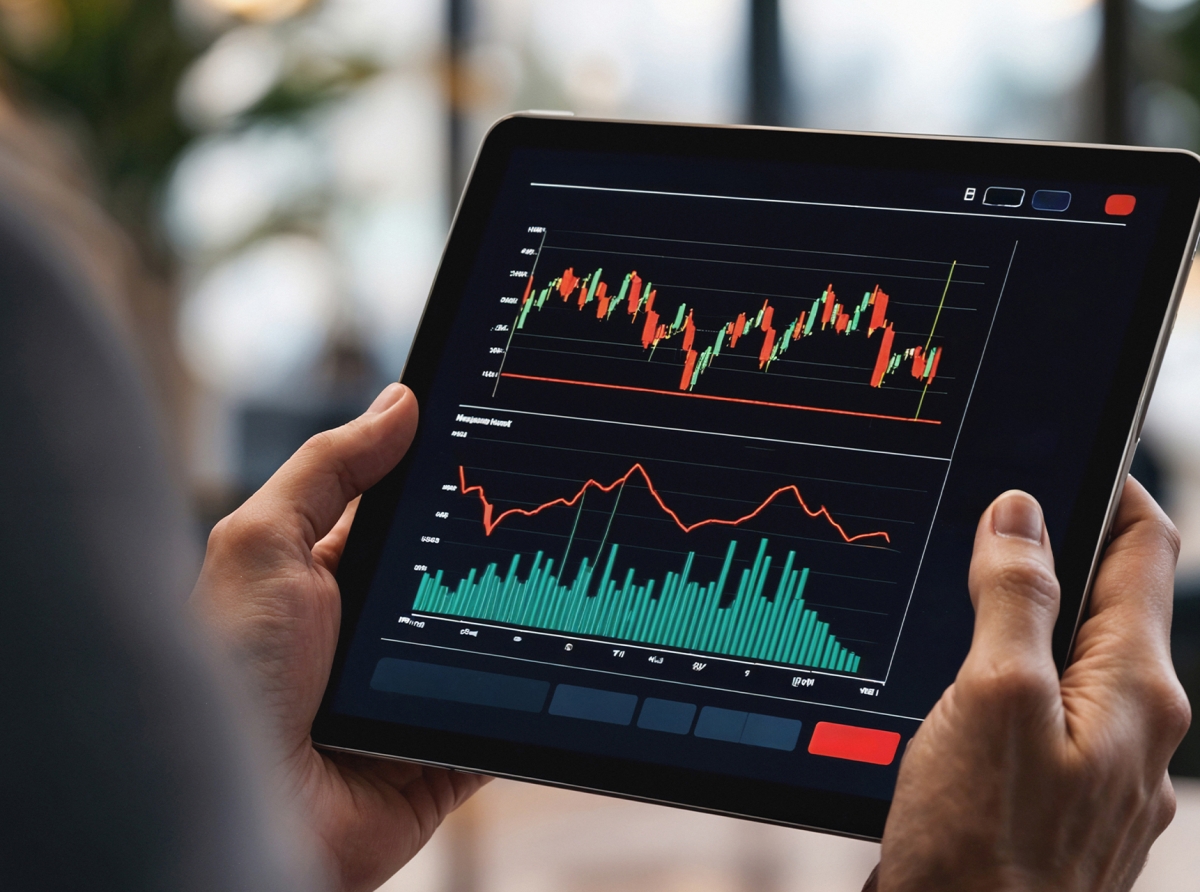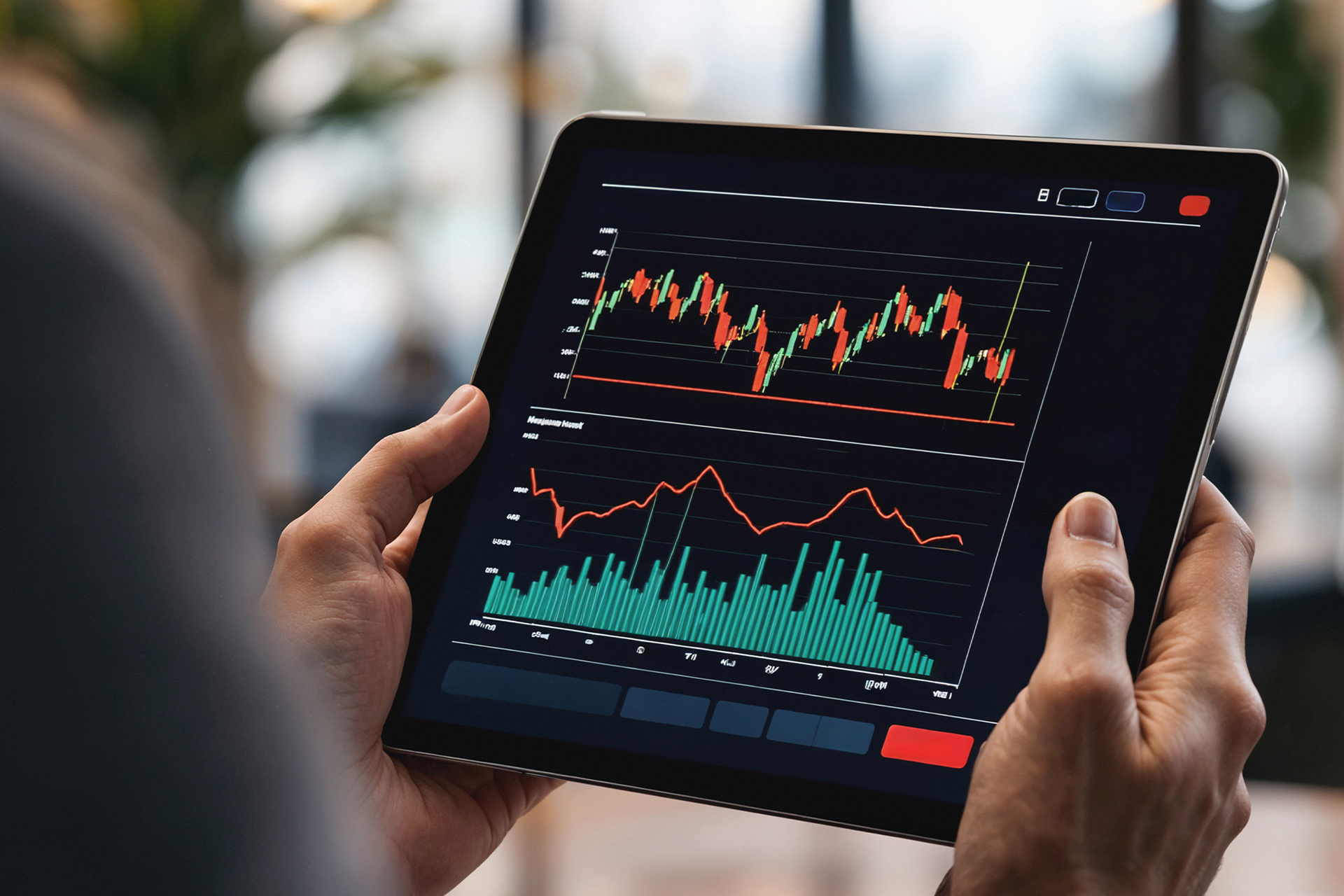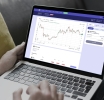How Liquidity Providers Make Millions: Secrets of Successful Work in the World of Finance

How Liquidity Providers Make Millions: Secrets of Successful Work in the World of Finance
Behind every smooth Forex or stock trade stands an invisible giant — a liquidity provider. These companies fuel the financial system, ensuring that traders always find a counterparty.
Without them, spreads would widen, slippage would increase, and markets would lose efficiency.
Yet the real intrigue is how liquidity providers (LPs) make millions while staying in the shadows of trading platforms.
Without them, spreads would widen, slippage would increase, and markets would lose efficiency.
Yet the real intrigue is how liquidity providers (LPs) make millions while staying in the shadows of trading platforms.
What Are Liquidity Providers?
Liquidity providers are large financial institutions, banks, and specialized companies that supply buy and sell quotes to brokers, exchanges, and institutional clients. They operate in Forex, stocks, crypto, and even commodities.Think of them as market “fuel stations” — without constant supply of quotes and order execution, traders couldn’t open or close positions effectively.

How Liquidity Providers Make Millions: Secrets of Successful Work in the World of Finance
Core Sources of LP Profits
Spread EarningsLPs provide bid (buy) and ask (sell) prices. The difference — the spread — is a key source of profit. Even tiny margins (fractions of a cent) multiplied by millions of trades generate massive revenue.
Commission Agreements
Many LPs work with brokers via contracts: brokers route orders to the LP and pay a commission for every executed lot.
Internal Hedging and Risk Management
By balancing flow from multiple brokers, LPs can offset risks internally. Skilled hedging often leads to extra profits, especially in volatile markets.
Prime Brokerage Relationships
LPs often partner with Tier-1 banks to access liquidity pools. They then resell this liquidity to smaller brokers with a markup.
The Hidden Secrets of Their Success
Technology as a WeaponTop LPs invest heavily in ultra-low latency systems. Speed isn’t luxury — it’s survival. A delay of even a millisecond can cost millions.
Smart Order Routing
Orders are distributed across multiple liquidity pools, exchanges, and banks. This maximizes execution efficiency and minimizes costs.
Volume is Everything
The business model thrives on scale. The more trades routed through their system, the bigger the profit.
Global Presence
Successful LPs often operate in multiple jurisdictions to attract diverse brokers and hedge regulatory risks.
Practical Example
Imagine a broker routes 100,000 trades per day through a liquidity provider. If the average spread per trade is just 0.5 pip, and each pip equals $10 on a standard lot, the LP earns around $500,000 daily from this broker alone. Multiply that by dozens of brokers — and you see why LPs are true financial heavyweights.Why It Matters for Traders and Brokers
Brokers rely on LPs to provide competitive spreads and reliable execution. Without them, brokers cannot scale.
Traders benefit indirectly: tight spreads, fewer requotes, and faster execution.
The Market as a whole becomes more stable thanks to liquidity providers absorbing large orders.
Liquidity providers remain hidden heroes of modern finance. They don’t seek publicity, yet they are the backbone of trading infrastructure. Their ability to combine massive volumes, advanced technology, and sophisticated risk management allows them to generate millions consistently — even in turbulent markets.
For anyone involved in trading, understanding LPs means understanding the invisible hand that keeps financial markets alive.
Written by Ethan Blake
Independent researcher, fintech consultant, and market analyst.
September 02, 2025
Join us. Our Telegram: @forexturnkey
All to the point, no ads. A channel that doesn't tire you out, but pumps you up.









Report
My comments